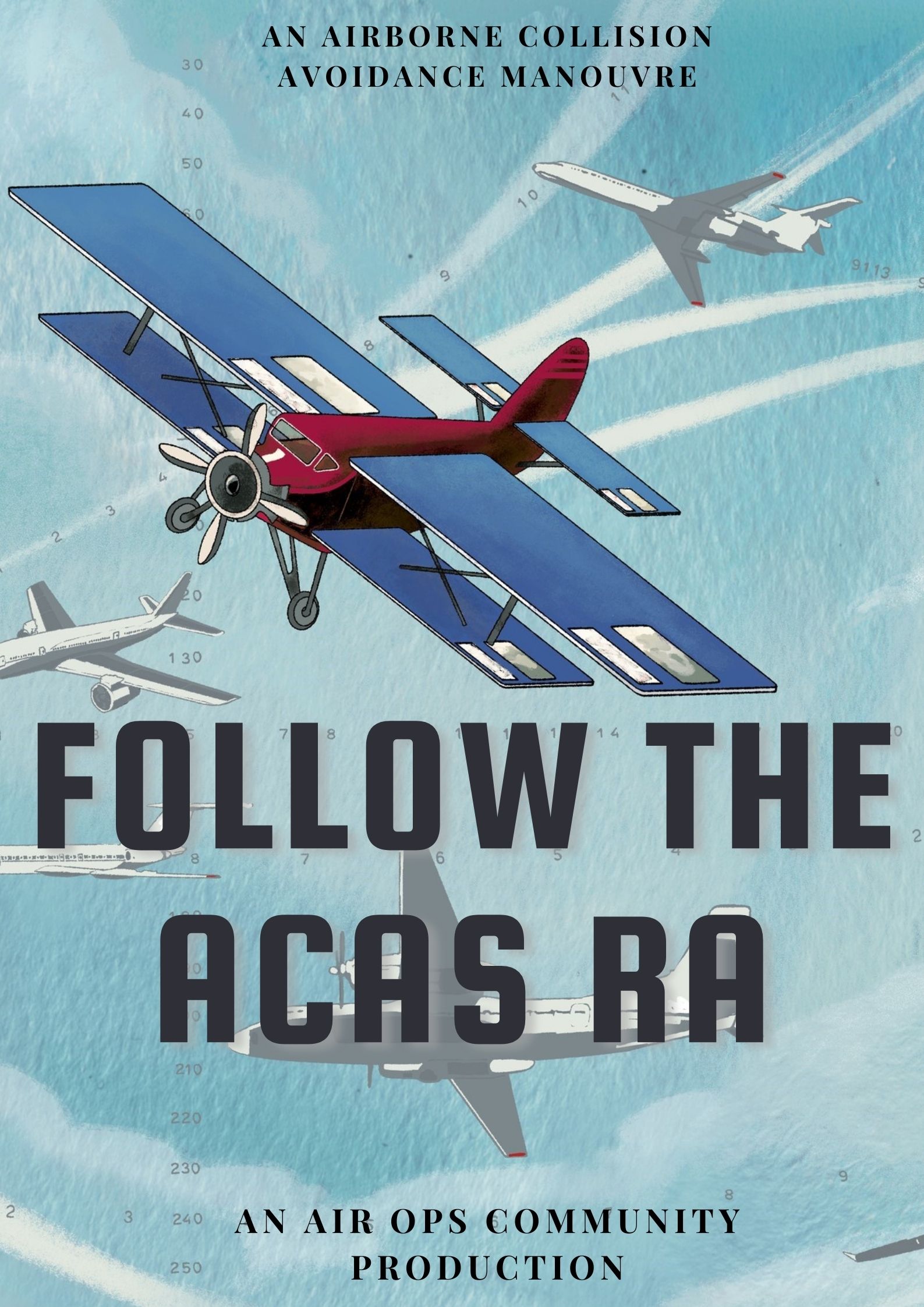Since the introduction and continued improvement of Airborne Collision Avoidance Systems (ACAS), the risk of mid-air collisions have reduced considerably, particularly involving commercial aircraft in controlled airspace.
For the airline/ large aeroplane community this leaves two main scenarios where the risk of airborne collision remains a challenge.
- The first is when you are flying to smaller airports with uncontrolled airspace around them. To help reduce this risk, there are a number of local, national and European initiatives ongoing particularly with the GA community. This includes work to help deconflict traffic through more effective planning and coordination at a local level and efforts to increase the use and compatibility of iConspicuity devices in GA.
- The second scenario is when the ACAS identifies a potential conflict and a pilot then fails to follow the Resolution Advisory (RA) provided by the system. Experience has shown that this normally occurs when the pilot/s can see the other aircraft and choose a different course of action because that appears to be the best course of action at the time. It is this second scenario that we will cover in this brief article.
What are the key actions?
The key actions for organisations and pilots are below. You can also watch the latest Skyclip on always following the RA.
For pilots:
- Always follow the ACAS RA instructions. Even if you think you can see the other aircraft this should not take precedence over the ACAS RA. It might be another aircraft that is causing the advisory.
- Ensure that your aircraft's ACAS system is in TA/RA mode.
For organistions:
- Where possible it is recommended that your aircraft are equipped with the ACAS Autopilot/Flight Director (AP/FD) system that automatically flys the RAF if the autopilot is engaged.
- Ensure the continued serviceability of the ACAS system on all your aircraft.

Further reading on ACAS.
There are many excellent articles and also the Eurocontrol ACAS Bulletins with lots of more detailed reading on this important topic.
One of the reasons (maybe the most common one) for pilots not following an RA is that the regulation includes the infamous "unless doing so ..." exception - but no guidance on it! Even instructors and examiners have few clues about how to make best use of it.
During initial implementation of TCAS there were still numerous false or nuisance alerts. Nowadays the system is much improved and working very well. So well, that it is against human nature to trust it completely. There may still be some unnecessary RAs, but it is still the lowest risk option to follow them.
Now, what would be valid reasons to ignore an RA?
1. The intruder transmits a wrong altitude: then the RA cannot be correct. Should be controlled to a very low probability by Air Traffic Control. When observing an aircraft at the wrong altitude (not always easy to detect), the controller would advise the pilot to correct the problem or to switch off Mode C.
2. There is an additional aircraft, not squawking Mode C or not squawking at all, but happening to be exactly in the airspace that TCAS advises to manoeuver in response to a valid threat. Extremely unlikely scenario.
3. A failure of the TCAS system, e.g. a programming error. Extremely unlikely following decades of operational experience and software improvements.
Can anybody suggest any other reason that has a high enough probability to be concerned?
This leaves us with the Human Factors problem: the knowledge is there, a lot of guidance for "FOLLOW THE RA" too, but the exception clause is misused for various reasons, including the lack of guidance on valid reasons for using the exception.
Train the Trainer, Check the Examiners!
Please log in or sign up to comment.